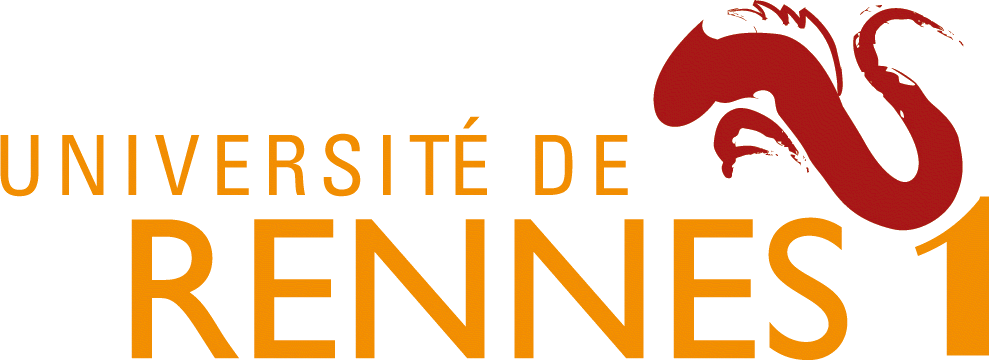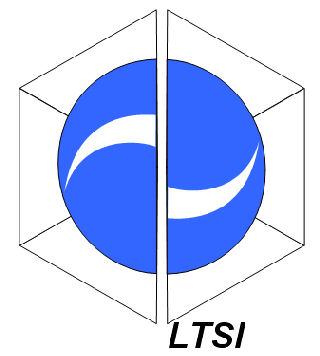News
Members
Publications
Software / Data
Job offers
Images / Videos
Collaborations
Conferences
Lab meetings: "Les partages de midi"
Practical information
Members Area
Next conferences we are in …


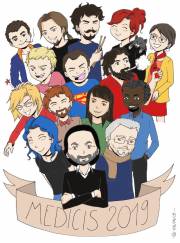
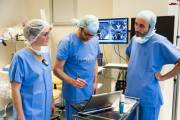
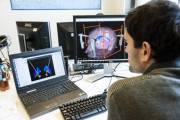
This shows you the differences between two versions of the page.
| Both sides previous revision Previous revision Next revision | Previous revision Next revision Both sides next revision | ||
|
activities:theme1:projects:dbs:index [2012/09/29 14:50] janin |
activities:theme1:projects:dbs:index [2012/11/07 11:34] flalys |
||
|---|---|---|---|
| Line 3: | Line 3: | ||
| ====== Members ====== | ====== Members ====== | ||
| - | * [[members:pierre.jannin:index|Pierre Jannin]] - Leader | + | * [[members:pierre.jannin:index|Pierre Jannin]] - Leader |
| - | * [[members:claire.haegelen:index|Claire Haegelen]] - Medical expert - PhD student | + | * [[members:claire.haegelen:index|Claire Haegelen]] - Medical expert - PhD student |
| - | * [[members:florent.lalys:index|Florent Lalys]] - Post Doc | + | * [[members:florent.lalys:index|Florent Lalys]] - Post Doc |
| - | * [[members:tiziano.dalbis:index|Florent Lalys]] - Software * [[members:xavier.morandi:index|Xavier Morandi]] - Medical expert | + | * [[members:tiziano.dalbis:index|Tiziano D'Albis]] - Software |
| - | * Former contributors: | + | * [[members:xavier.morandi:index|Xavier Morandi]] - Medical expert |
| - | ** [[members:caroline.essert:index|Caroline Essert]] - Scientific expert | + | * Former contributors: [[members:caroline.essert:index|Caroline Essert]] |
| Line 26: | Line 26: | ||
| \\ | \\ | ||
| Secondly, the project will develop methods for automatic computation of optimal electrodes trajectories from these models, taken into account the rules expressed by the surgeons, the knowledge available in the atlases, and the patient specific data and information thanks to collaboration with the IGG team (Geometrical and Graphical Informatics) of LSIIT (Image Sciences, Computer Sciences and Remote Sensing Laboratory) from the University of Strasbourg. For better accuracy and precision, we will also simulate the possible deformations of the final electrode and anatomical structures during surgery and integrate this simulation into the trajectory computation thanks to collaborations with the ALCOVE INRIA team in Lille. \\ | Secondly, the project will develop methods for automatic computation of optimal electrodes trajectories from these models, taken into account the rules expressed by the surgeons, the knowledge available in the atlases, and the patient specific data and information thanks to collaboration with the IGG team (Geometrical and Graphical Informatics) of LSIIT (Image Sciences, Computer Sciences and Remote Sensing Laboratory) from the University of Strasbourg. For better accuracy and precision, we will also simulate the possible deformations of the final electrode and anatomical structures during surgery and integrate this simulation into the trajectory computation thanks to collaborations with the ALCOVE INRIA team in Lille. \\ | ||
| + | |||
| + | <html> | ||
| + | <center><iframe width="420" height="315" src="http://www.youtube.com/embed/6_i1IXhV23U" frameborder="0" allowfullscreen></iframe></center> | ||
| + | </html> | ||
| \\ | \\ | ||
| Additionally, an important effort will be assigned on the validation of the proposed tools. We will validate the proposed deformation models with rigorous studies on realistic physical phantoms. We will validate the image registration method on retrospective clinical data sets. We will quantitatively and ualitatively validate the computation of optimal trajectories in a large population of retrospective clinical data sets available in two clinical centers associated to this project. \\ | Additionally, an important effort will be assigned on the validation of the proposed tools. We will validate the proposed deformation models with rigorous studies on realistic physical phantoms. We will validate the image registration method on retrospective clinical data sets. We will quantitatively and ualitatively validate the computation of optimal trajectories in a large population of retrospective clinical data sets available in two clinical centers associated to this project. \\ | ||
| Line 31: | Line 35: | ||
| One studied hypothesis will be that multimodal patient specific models have an impact in process of care based decisions and help reducing operative time, assessed by surgical process models, and post operative readjustments by better planning of possible trajectories. Another hypothesis will be that generic models such as anatomo clinical atlases have an impact in outcome-based decisions and help reducing post operative clinical side effects by better targeting and prediction of the outcome (PhD of Claire Haegelen). Local collaboration with the Unité de Recherche Universitaire 490 "Comportement et Noyaux Gris Centraux" directed by Pr. M Vérin will allow us to perform similar studies for DBS for neuropsychological diseases such as OCD and severe depression. | One studied hypothesis will be that multimodal patient specific models have an impact in process of care based decisions and help reducing operative time, assessed by surgical process models, and post operative readjustments by better planning of possible trajectories. Another hypothesis will be that generic models such as anatomo clinical atlases have an impact in outcome-based decisions and help reducing post operative clinical side effects by better targeting and prediction of the outcome (PhD of Claire Haegelen). Local collaboration with the Unité de Recherche Universitaire 490 "Comportement et Noyaux Gris Centraux" directed by Pr. M Vérin will allow us to perform similar studies for DBS for neuropsychological diseases such as OCD and severe depression. | ||
| + | {{ :activities:theme1:projects:dbs:vue-globale2.png?600| }} \\ | ||
| + | |||
| + | \\ | ||
| + | |||
| + | {{ :activities:theme1:projects:dbs:3d_mri_electrode_big.png?600| }} | ||
| + | |||
| + | ====== Main Collaborators ====== | ||
| + | * [[http://anr-acoustic.org|Participants of the ACouStiC project]] | ||
| + | * [[http://www.bic.mcgill.ca|Pr. Louis Collins MNI McGill University Canada]] | ||

